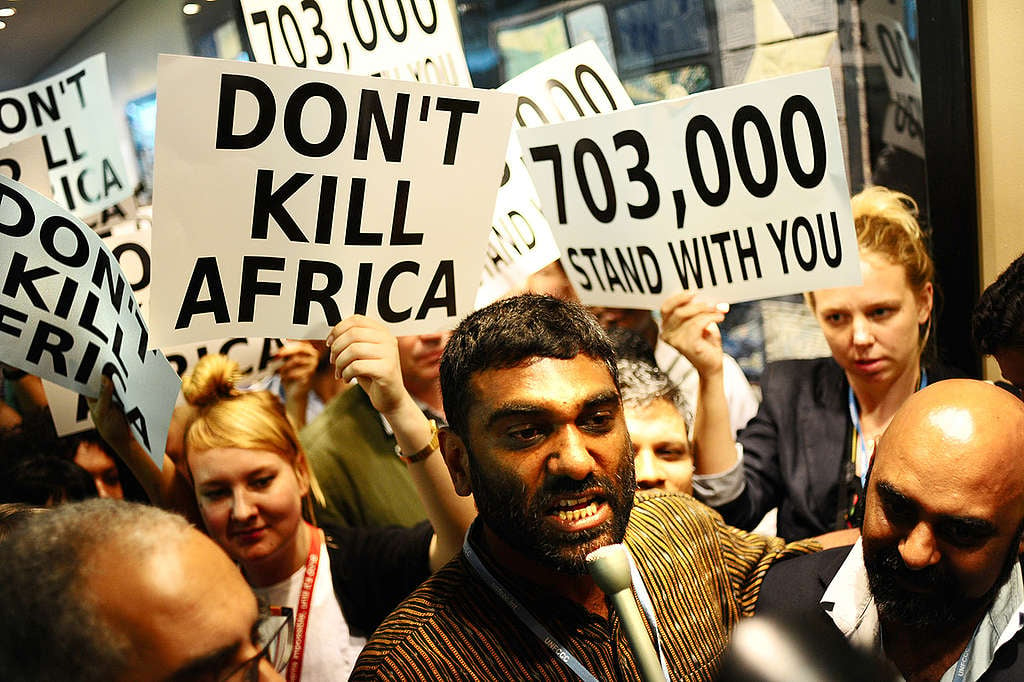It bears repeating: Muller’s article in Business Day offers an extremely misguided opinion on the imaginary value of pumping Sulphur Dioxide (SO2) into the atmosphere based on some rickety premises and a lack of appreciation of reality. Grasping at straw while gaslighting environmentalists reflects an aging sentimentality for coal that, put simply, we can no longer afford to entertain.
First, we must lay out the facts of the Medupi power station clearly. The project is offensively over-budget, and its completion painfully delayed. The initial cost was projected at R80 billion; this swelled up to R234 billion in 2019. Mired with design issues due, according to some experts, to corruption, Medupi’s final unit only achieved commercial operation in August this year. Muller seems to propose that Medupi is the victim of an imagined injustice. The truth of the matter is that Medupi and its myriad failures have cost South Africans time and money, contributed to load shedding, and fuelled the growing climate crisis.
While we often throw around figures in the billions, the scale of R1 billion is difficult for most people to intuitively conceptualise. R234 billion rand is equally difficult to imagine. For some perspective, air pollution costs South Africa R94.7 billion each year. That amount of money could build 653 schools, 40 healthcare facilities, or 35 000 houses. Muller seems to suggest ignoring this in favour of using SO2 (a consequence, not a benefit, of burning fossil fuels) to counter global warming.
The science is clear: burning fossil fuels, such as coal, heats the planet with catastrophic effects. Burning coal releases a mix of pollutants into the atmosphere, with some of them having a heating effect (such as nitrogen dioxide), and some have a cooling effect. Muller seems to suggest that we continue to toxify the air and threaten the future of all life on this planet with these pollutants, because one of them – SO2 – might be able to cool the planet. One must ask: in what decade is Muller living? SO2 pollution has also been linked to thousands of annual deaths and other health problems in the highveld. These areas are not sparsely populated as Muller says in his article; there are people living there, and there are also people dying there. It is breathtakingly insensitive to discount the lived experiences of residents of coal-impacted areas.
Research including the IPCC report and Greenpeace Africa’s own report on the rising frequency of extreme weather events titled Weathering the Storm confirm what we already know, in much sharper focus: climate change is not a distant disaster; we are witnessing it unfold before our very eyes. There is significantly more evidence that extreme weather events are attributable to human activity. The rates of sea-level rise and ice loss have accelerated. Some long-term effects are already locked in, and the more greenhouse gases we emit, the worse it will get.
Over the last year alone, floods, landslides, and tropical storms have taken lives, destroyed infrastructure, and threatened livelihoods across the continent. Parts of South Africa were battered by Tropical Cyclone Eloise. Infrastructure was destroyed, and people died. Tropical Cyclone Guambe displaced over 27 000 people in Mozambique. Cyclone Gati affected 180 000 Somalians, leaving nine people dead.
It is worryingly easy for proponents of coal to erase these lives and material losses from the conversation about our collective future. It is an artefact of old thinking, that development must be favoured above all else, that we must continue to extract from the Earth in order to develop, and even in the face of the gravest consequences, we must not take our eyes off the capitalist prize.
Environmental organisations and activists are fighting for the future of all life on the planet. Mike Muller is fighting for a rock that will trap us in a future of misery, extreme weather, and death.
 Get Involved
Get Involved
